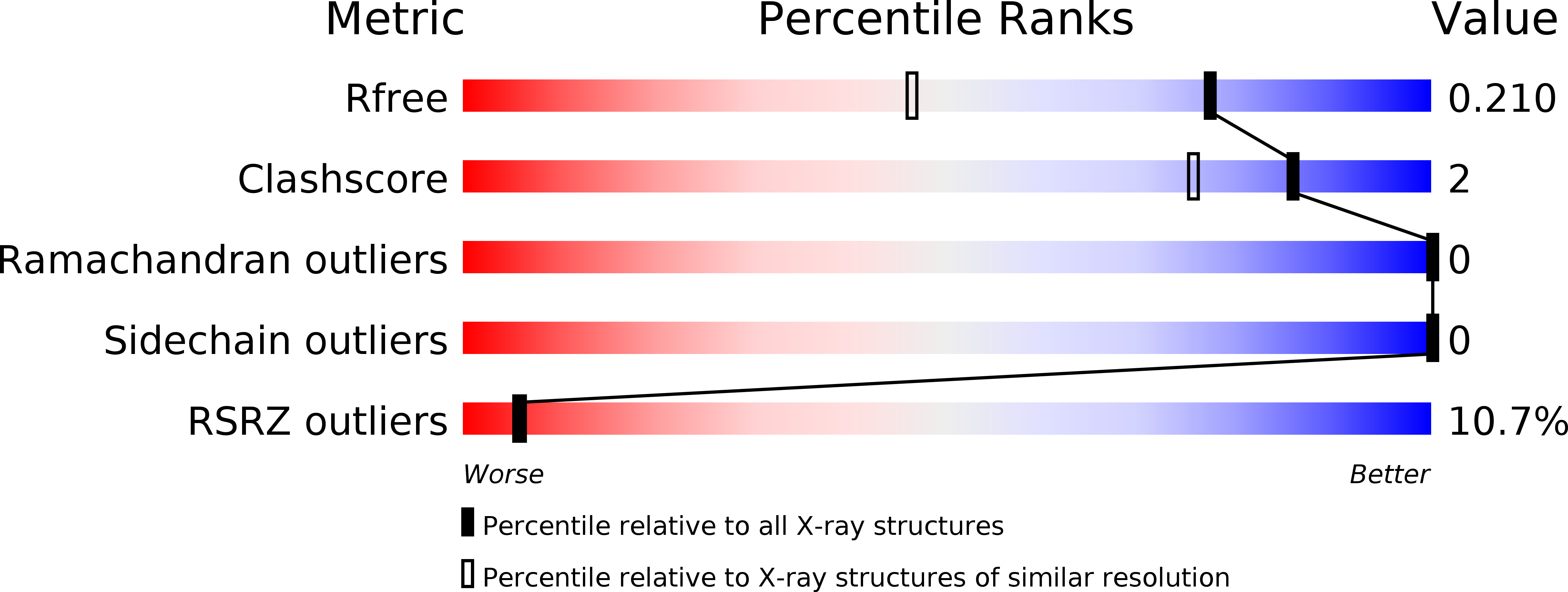
Deposition Date
2005-10-28
Release Date
2005-11-08
Last Version Date
2024-02-14
Method Details:
Experimental Method:
Resolution:
1.53 Å
R-Value Free:
0.20
R-Value Work:
0.17
R-Value Observed:
0.17
Space Group:
C 1 2 1


